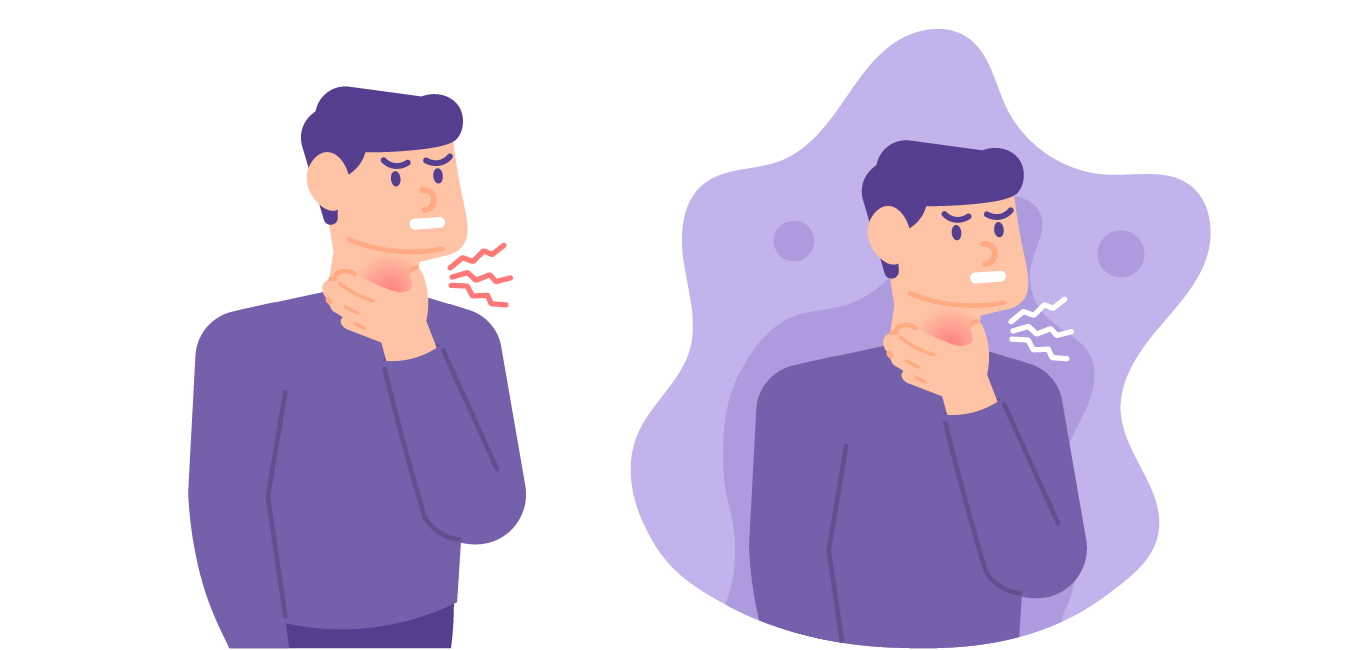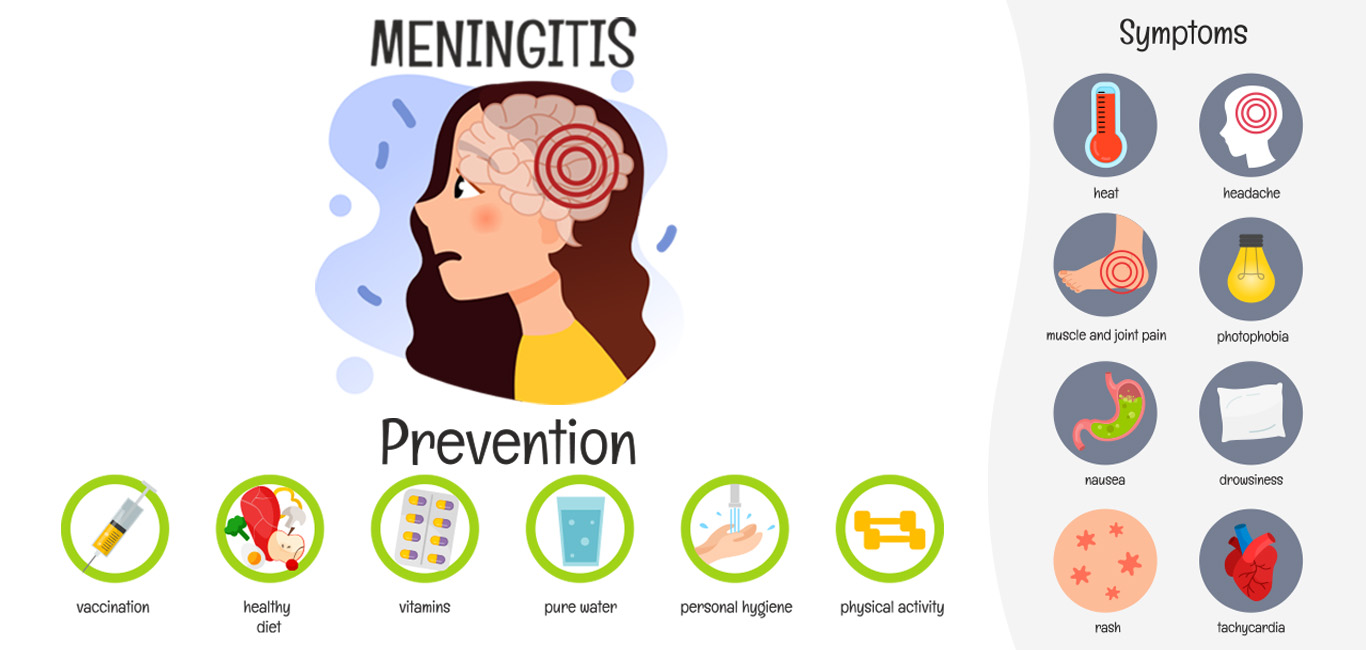
Influenza or the flu is an upper respiratory illness caused by highly contagious airborne strains of the influenza virus. It spreads when an infected person sneezes and the droplets suspended in the air get inhaled by a healthy individual.
The virus affects people of all age groups, but children below six months, older adults above the age of 65, and people with underlying chronic medical conditions such as lung disease, kidney disease and HIV/AIDS are more prone to infection.
Symptoms
The flu shares several identifiers with the common cold but its symptoms tend to be more abrupt and severe. A flu can develop within a few hours, affecting not just the nose and throat, but also making you feel exhausted and sick. The onset of a common cold appears more gradually, affecting mainly the nose and throat.
The flu can lead to several health problems such as pneumonia, lung infection and hospitalization in extreme cases, while the common cold generally does not result in serious illness. Some of the common identifiers of the flu are:
- Fever with chills
- Cough (mostly dry)
- Sore throat
- Muscle pain and twitching
- Exhaustion and tiredness
- Headache
- Difficulty in sleeping
- A runny or stuffy nose
- A loss of appetite
- Diarrhoea and vomiting (more common in children)
Flu vs common cold
| Signs and symptoms | Influenza (Flu) | Common cold |
| Symptom onset | Quick | Gradual |
| Fever | Usual | Rare |
| Aches | Usual | Slight to negligible |
| Chills | Very common | Uncommon |
| Fatigue and weakness | Usual | Sometimes |
| Sneezing | Sometimes | Common |
| Chest discomfort and coughing | Common | Mild to moderate |
| Stuffy nose | Sometimes | Common |
| Sore throat | Sometimes | Common |
| Headache | Common | Rare |
Sources: https://www.cdc.gov/flu/symptoms/coldflu.htm
Causes
Since influenza is an airborne contagious disease, it spreads when an infected person diffuses infected droplets in the surrounding air while sneezing or coughing and these are in turn inhaled by a healthy individual.
Diagnosis
Proper screening of signs and symptoms can help in ruling out the flu but it can be difficult to establish a diagnosis due to similarity in identifiers with the common cold. However, there are several tests that can detect the influenza virus and establish a confident diagnosis. Some of the tests are:
- Rapid influenza diagnostic tests (RIDTs) detect the influenza antigens that stimulate the immune system. The test takes just 15-20 minutes to be completed but like other rapid antigen tests its accuracy isn’t 100 per cent
- Rapid molecular assays detect the genetic material (RNA) of the influenza virus. The test shows results in just 20-25 minutes and is more accurate than the rapid antigen test
- Reverse transcription polymerase chain reaction (RT-PCR) detects more specific genetic material for influenza. It also helps to detect the variant of influenza a person is infected with
- Viral load tests help quantify the amount of influenza virus in the body
Treatment
The influenza vaccine is the only effective way to prevent the occurrence of influenza. Though they may catch an infection, the severity and risk of flu complications are markedly reduced in vaccinated people.
Some other oral medications are used to reduce the severity and time of sickness. These include:
- Anti-viral medicines such as oseltamivir
- Medicines to provide symptomatic relief such as paracetamol or ibuprofen, to lower the body temperature
- Steroids should only be used in specific indications such as asthma. They should not be used routinely as they can prolong the viral clearance and lead to superinfection
Along with medications, individuals suffering from the flu should take proper rest and sleep, hydrate well and keep warm to get better more quickly.
Sources

















